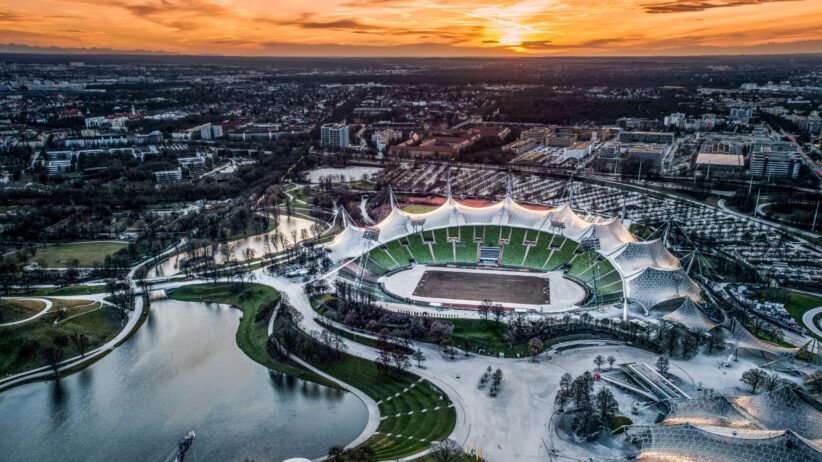The article was published in the World Energy Weekly (September 20 issue), a publication of Petrostrategies, a French think-tank specialized in energy issues.
After several months of a remarkably tight European gas market, the situation is continuing to deteriorate as the autumn begins. Gas prices are reaching record highs before the summer season is even over, indicating serious difficulties over the next few months. Already, the current situation has been described as a “perfect storm” by several analysts, who point to (at least) ten causes of the current crisis. The list is so long that it’s difficult to know the exact impact of each factor. But almost everyone agrees on one point: the situation could become critical if there’s another period of very cold weather this winter. The unusual cold snap that hit Eastern Europe last winter is one of the reasons behind the current tight market. The winter episode was very long, intense and particularly widespread, affecting many countries. So much so that it’s still affecting the market, eight months after it started․
This polar winter has sharply reduced the level of gas stocks throughout Europe. These inventories would normally have been largely replenished during the summer. But that proved impossible this year, as gas demand has exploded all over the world, increasing competition between Europe and other regions. This year, the economic recovery is very strong in Asia, most of which has managed to bring the pandemic under control (with one notable exception: India). This leap forward is causing an explosion in gas demand, with Asia and Europe increasingly competing to buy LNG on the spot market. LNG spot prices are about $21/MMBtu in Asia and $20/MMBtu in Europe. For its part, North America, which has suffered a scorching summer, has also sharply increased its gas consumption for power generation․
On the energy supply side, Europe is under pressure from all sides. Over the last few weeks, the weather has been very mild in many regions, severely limiting windpower output (September is generally quite productive in this segment). As far as gas is concerned, the situation is just as bad on the domestic front, with continuous cuts in production on the Dutch Groningen field in particular (in order to limit seismic risks in the area in question). To make matters worse, several Norwegian gas installations are under maintenance and UK production is down sharply year-onyear due to major maintenance work and delays in commissioning several new projects (which are supposed to offset the natural decline of aging fields). This is further reducing the volumes of gas available in Europe. Moreover, observers have noted for several weeks that Gazprom’s supply is not adjusting to actual demand on the European market. The reasons for this are a subject of debate: some believe that Russia is facing limits on its production, and that it has to give priority to its internal market (restocking inventories for the winter) instead of exports. Other analysts believe that Moscow is deliberately limiting supply in order to pressure the Europeans to quickly approve the commissioning of the Nord Stream 2 gasline (see elsewhere in this issue)․
But the list of problems affecting the European gas market doesn’t end there. EU climate policy is also being singled out: higher carbon prices are making the usual switch to coal for power generation in the event of high gas prices more difficult (as it is less financially viable). Finally, experts stress that capital spending in upstream gas has become insufficient, worldwide, since the pandemic started. At the same time, almost everywhere (and especially in Asia), new LNG import terminals (or expansions of existing terminals) are coming into service. These are often projects which were postponed due to the health crisis. This illustrates that demand is returning to pre-pandemic levels. In several countries, these levels have even been exceeded. Finally, speculators have also played a role in the rise in gas prices, but this is said to be a temporary phenomenon which will subside over the next few weeks․
















